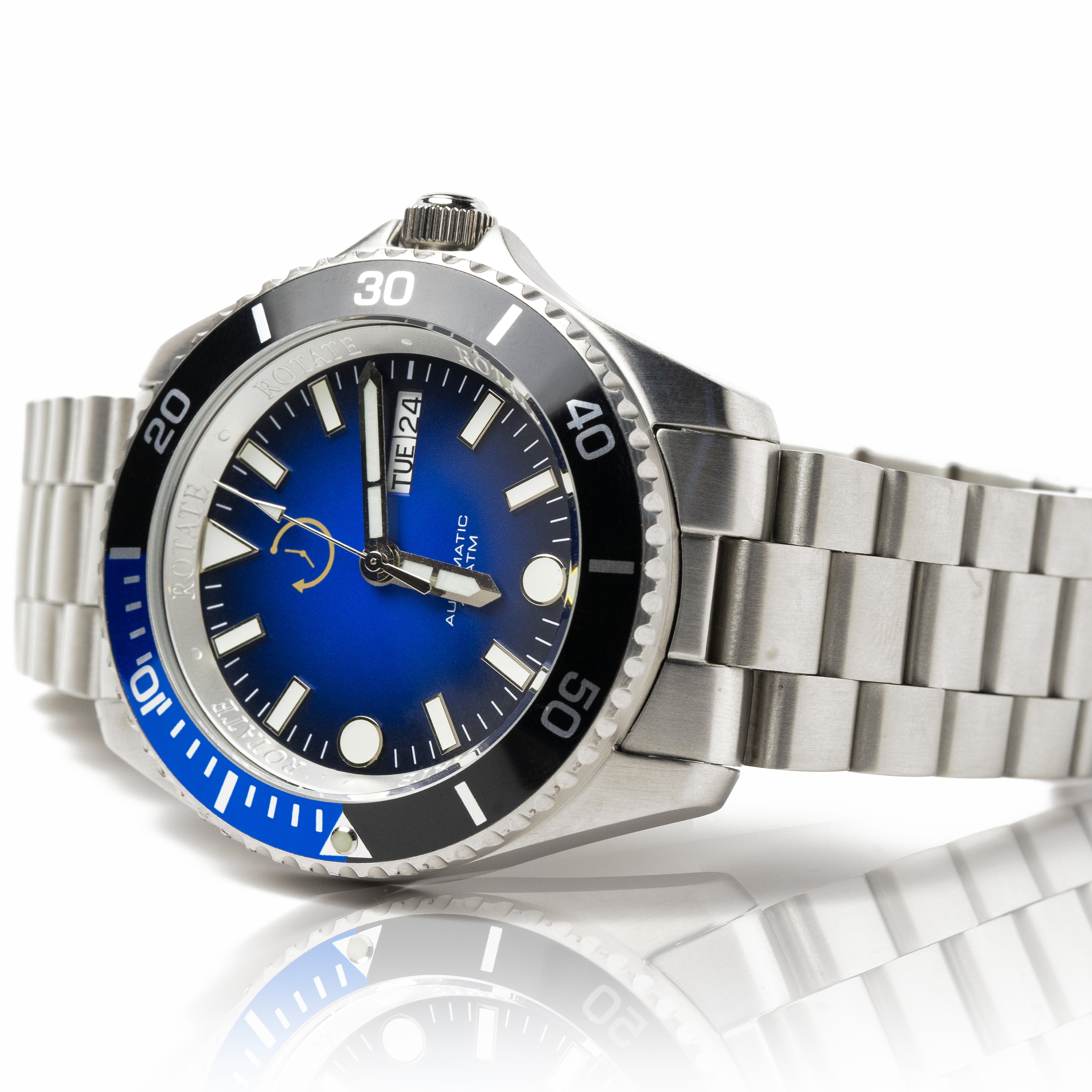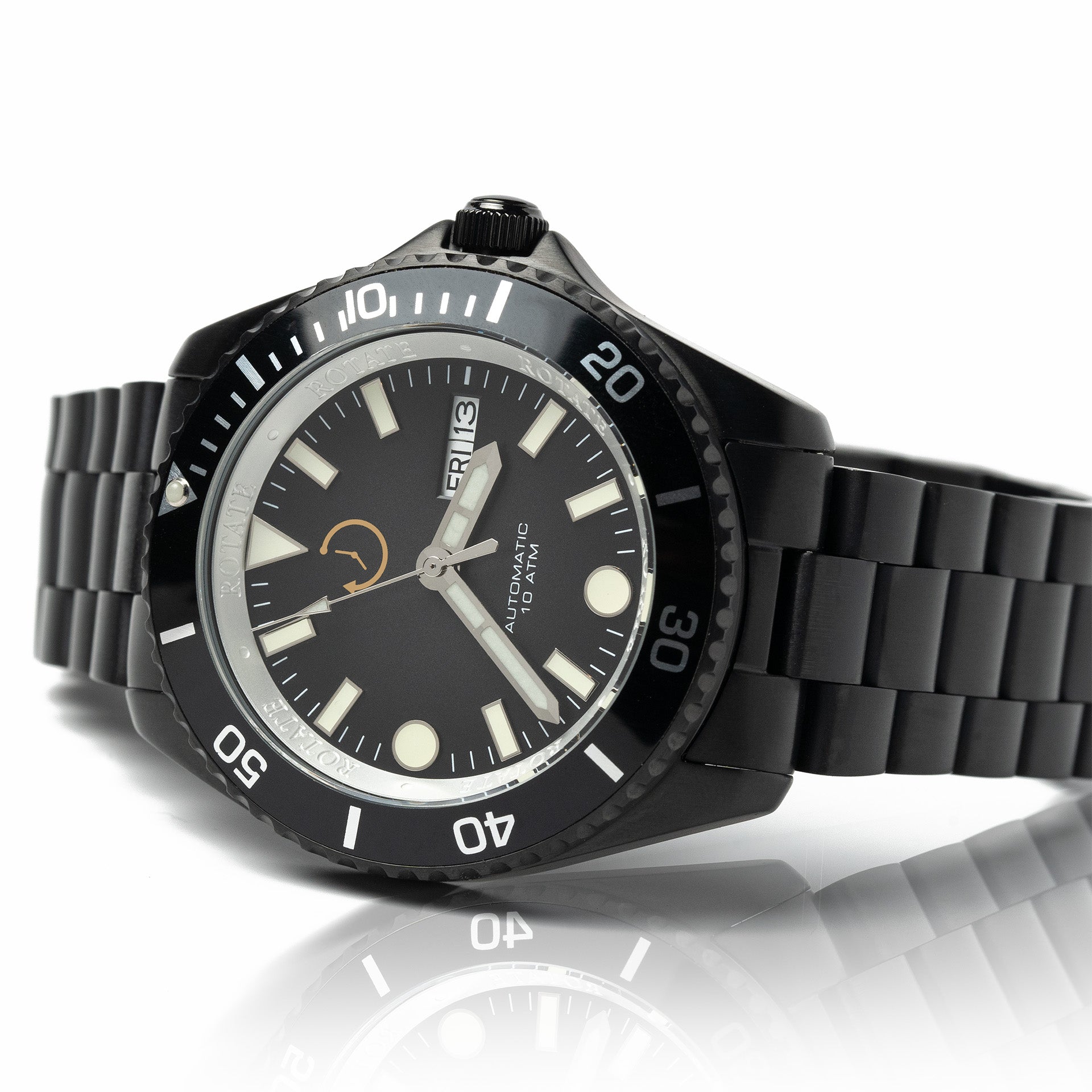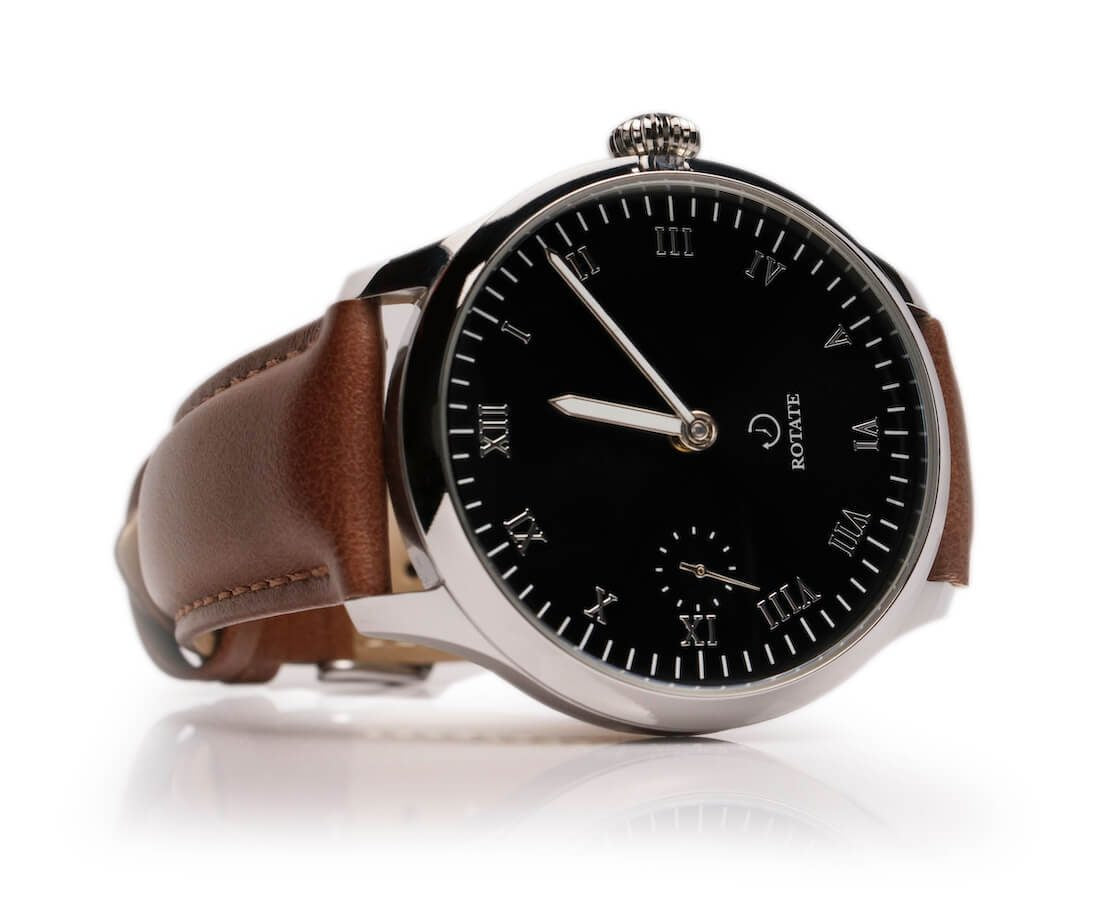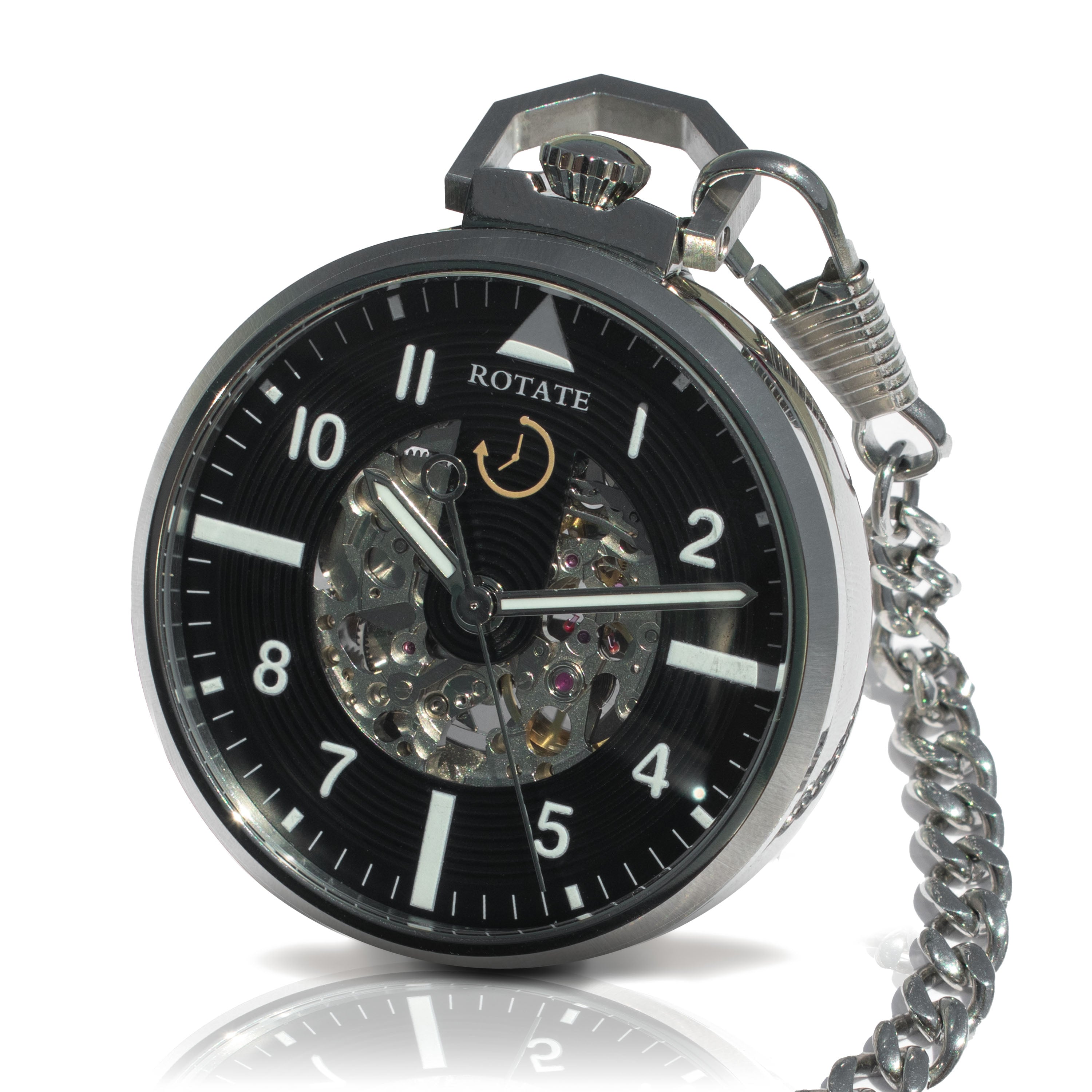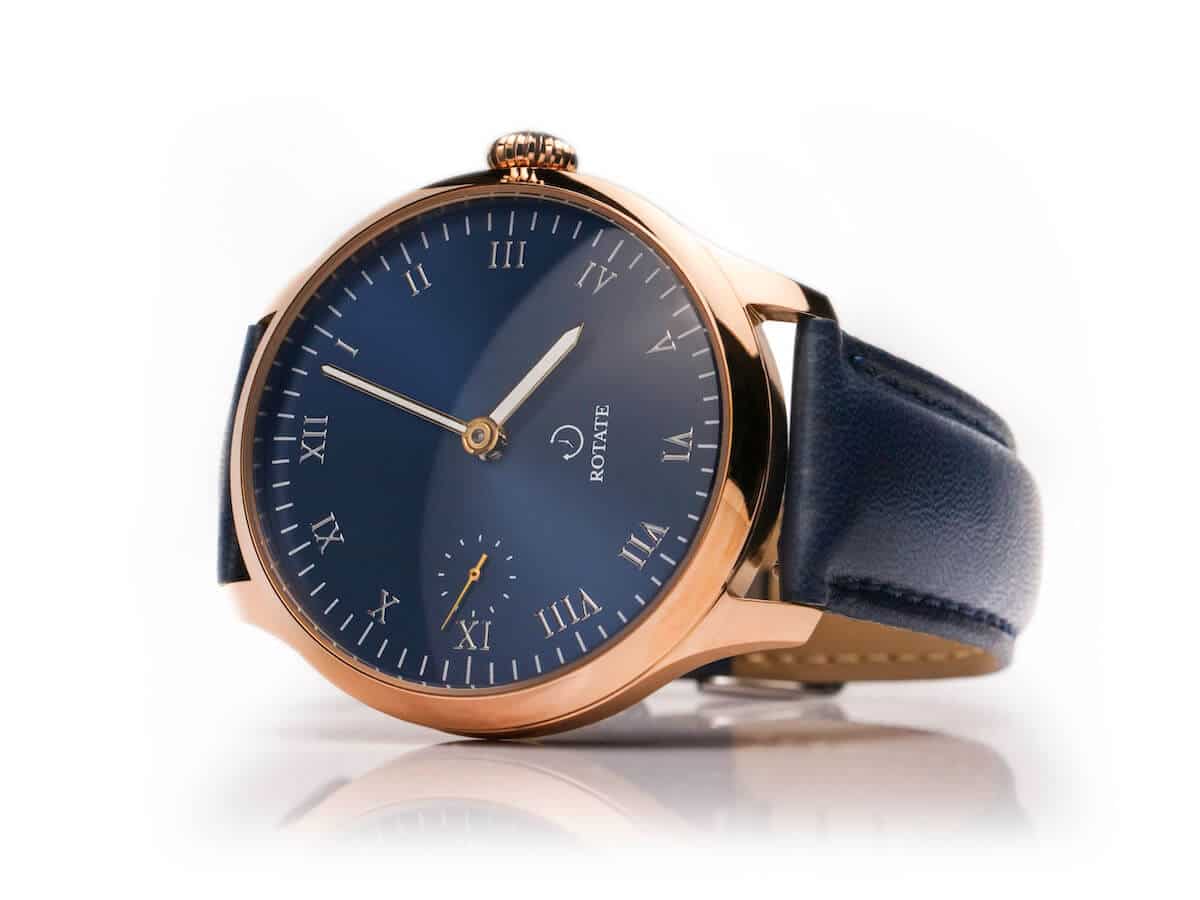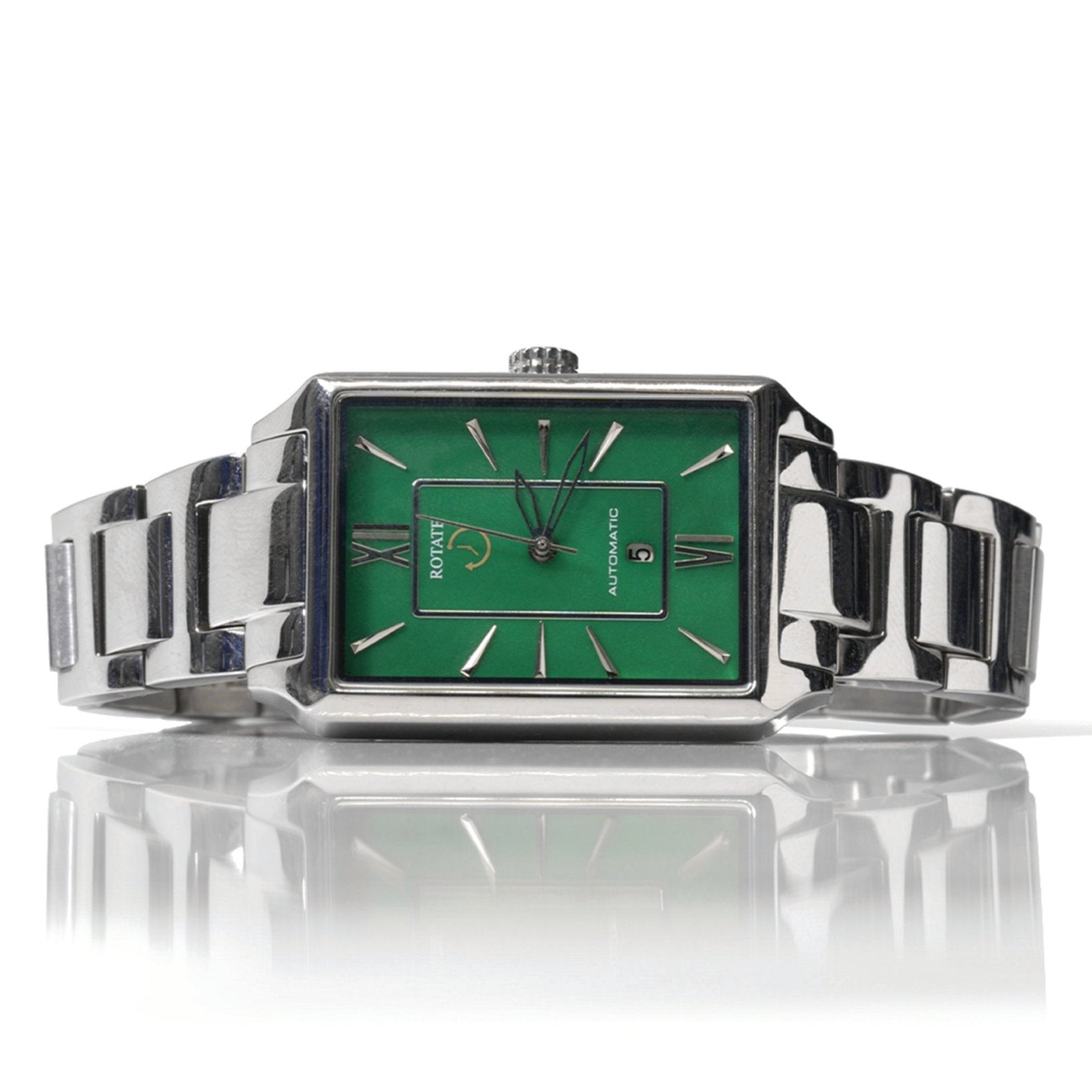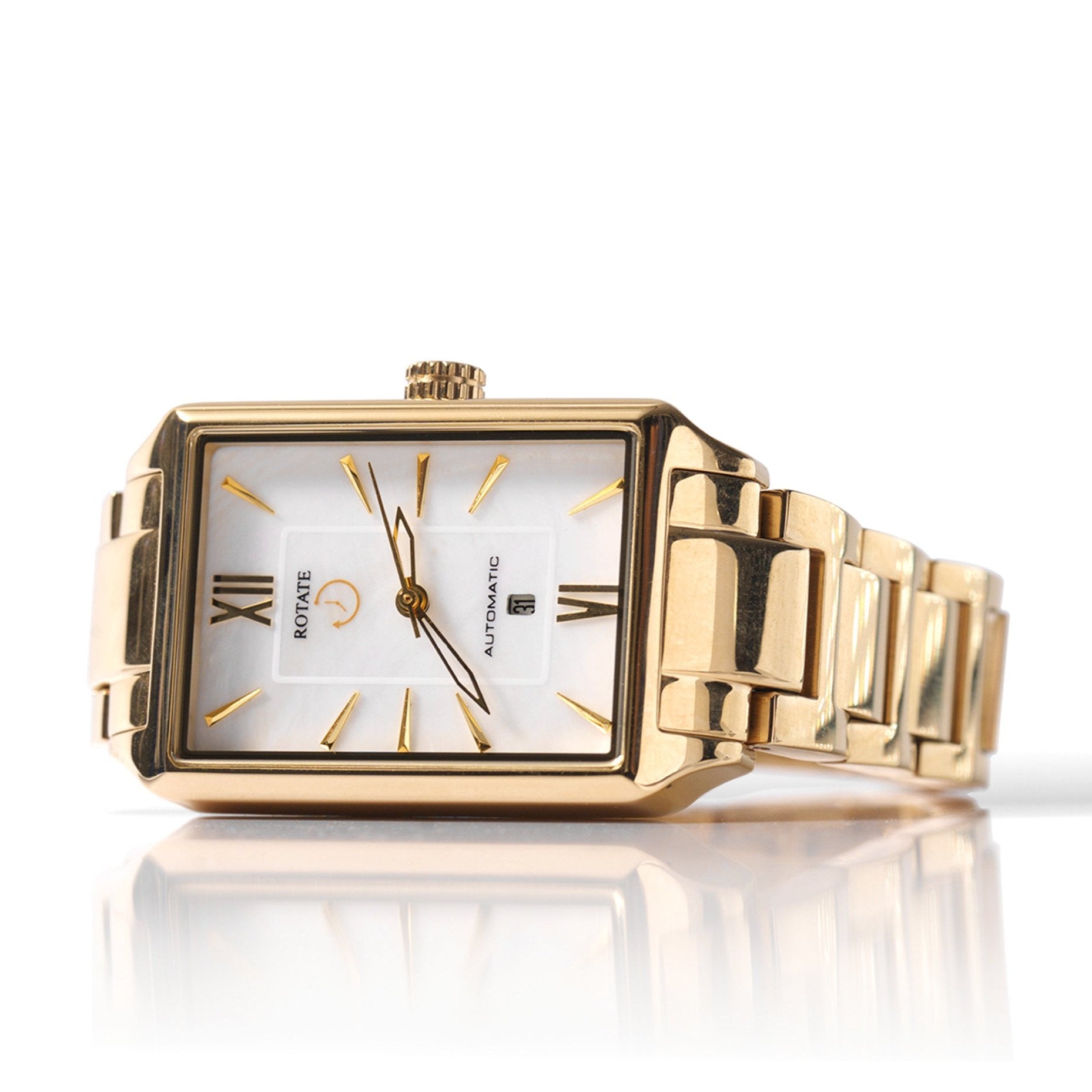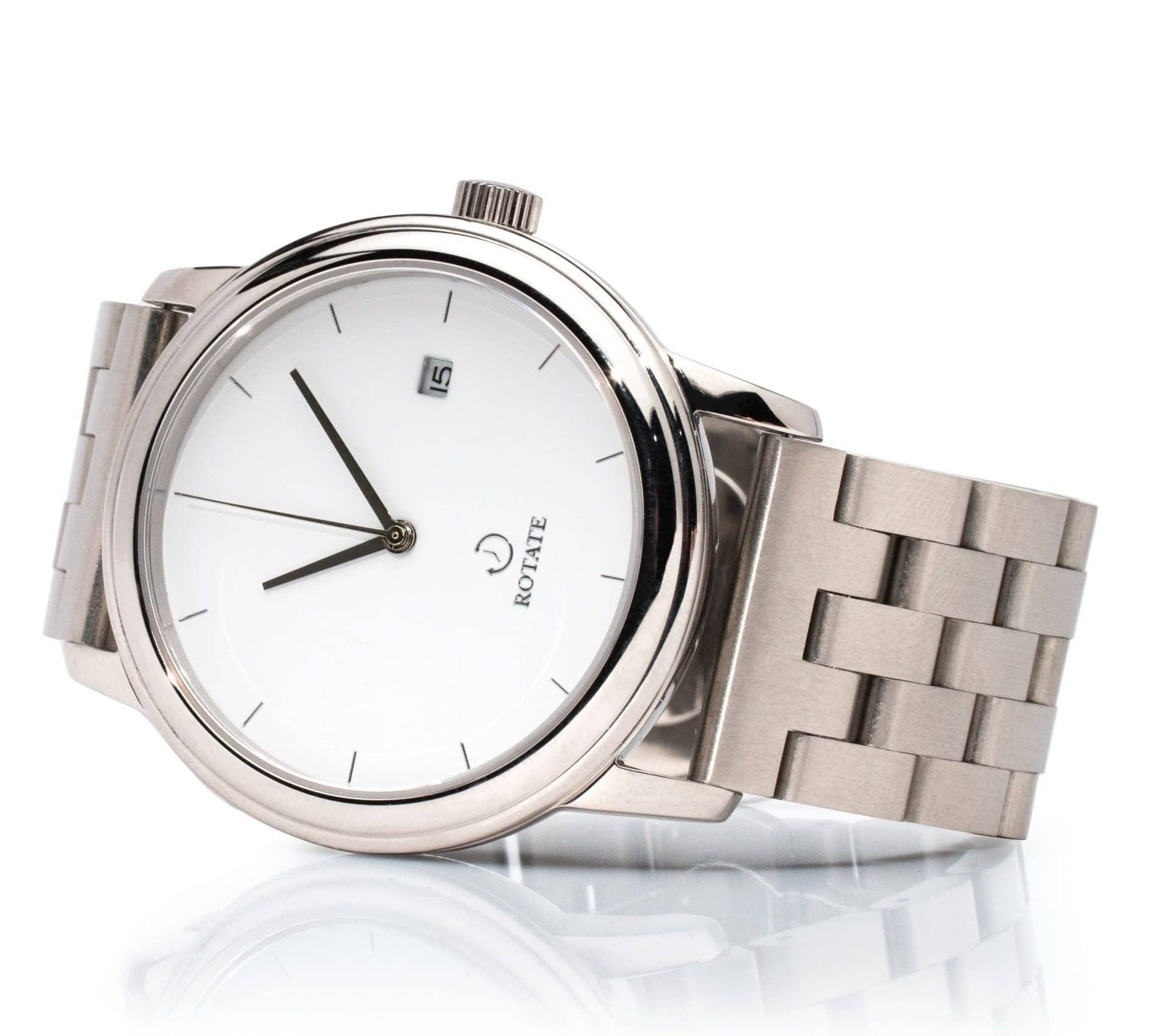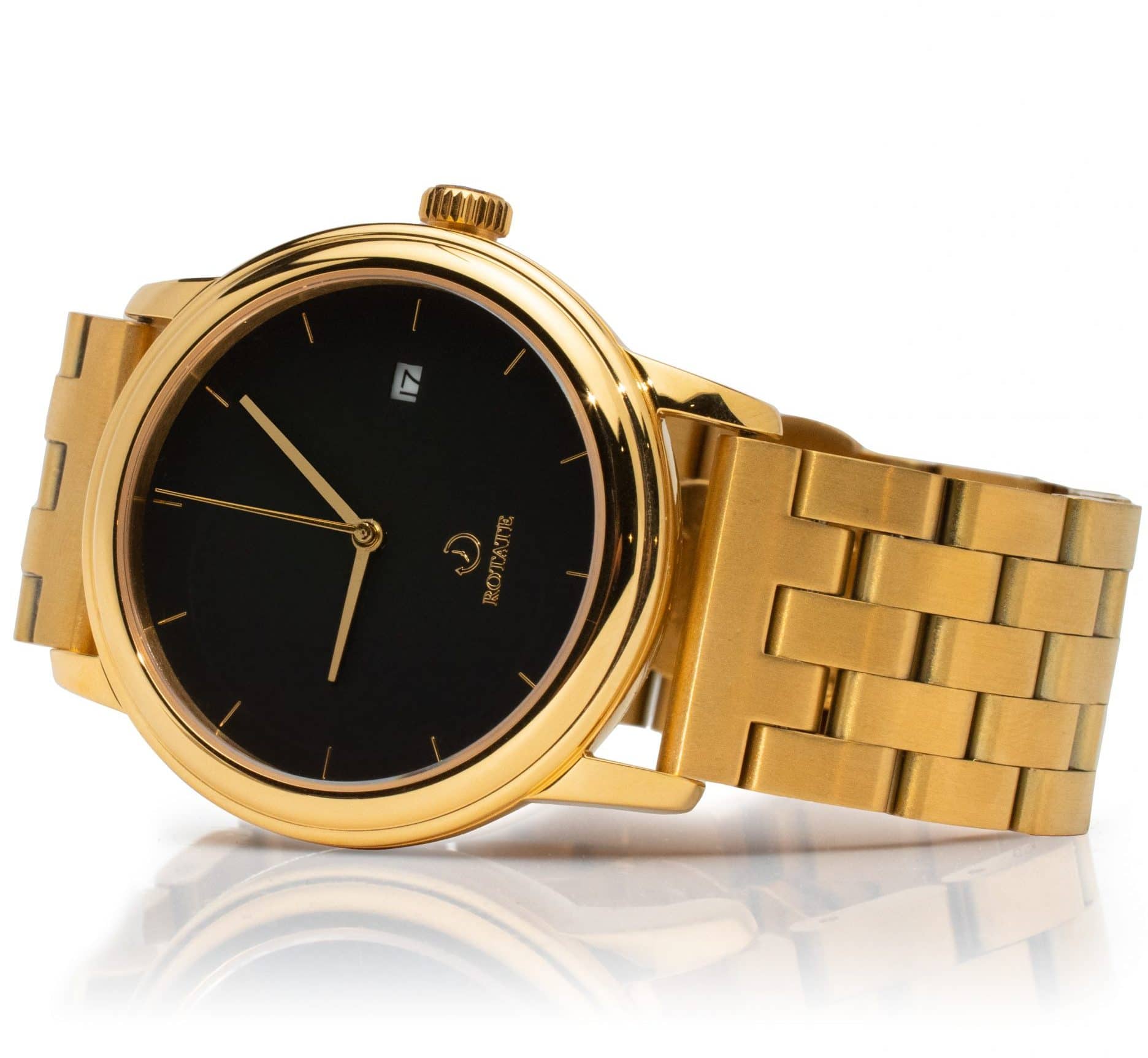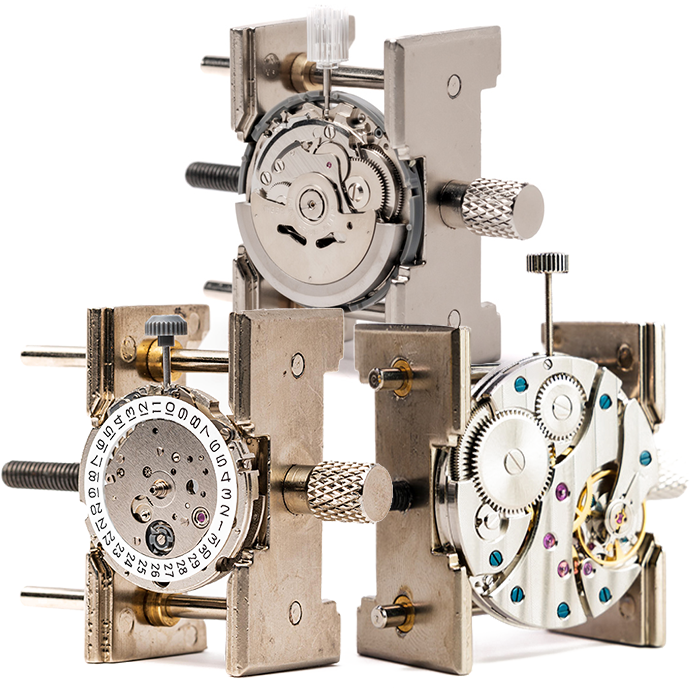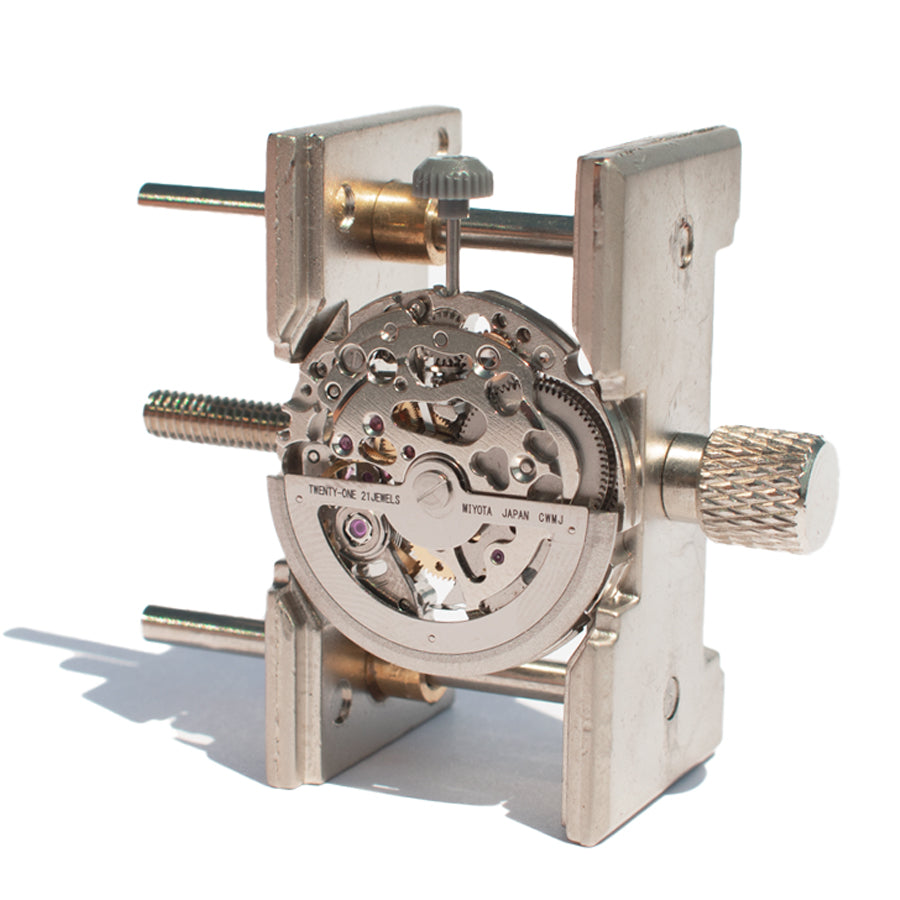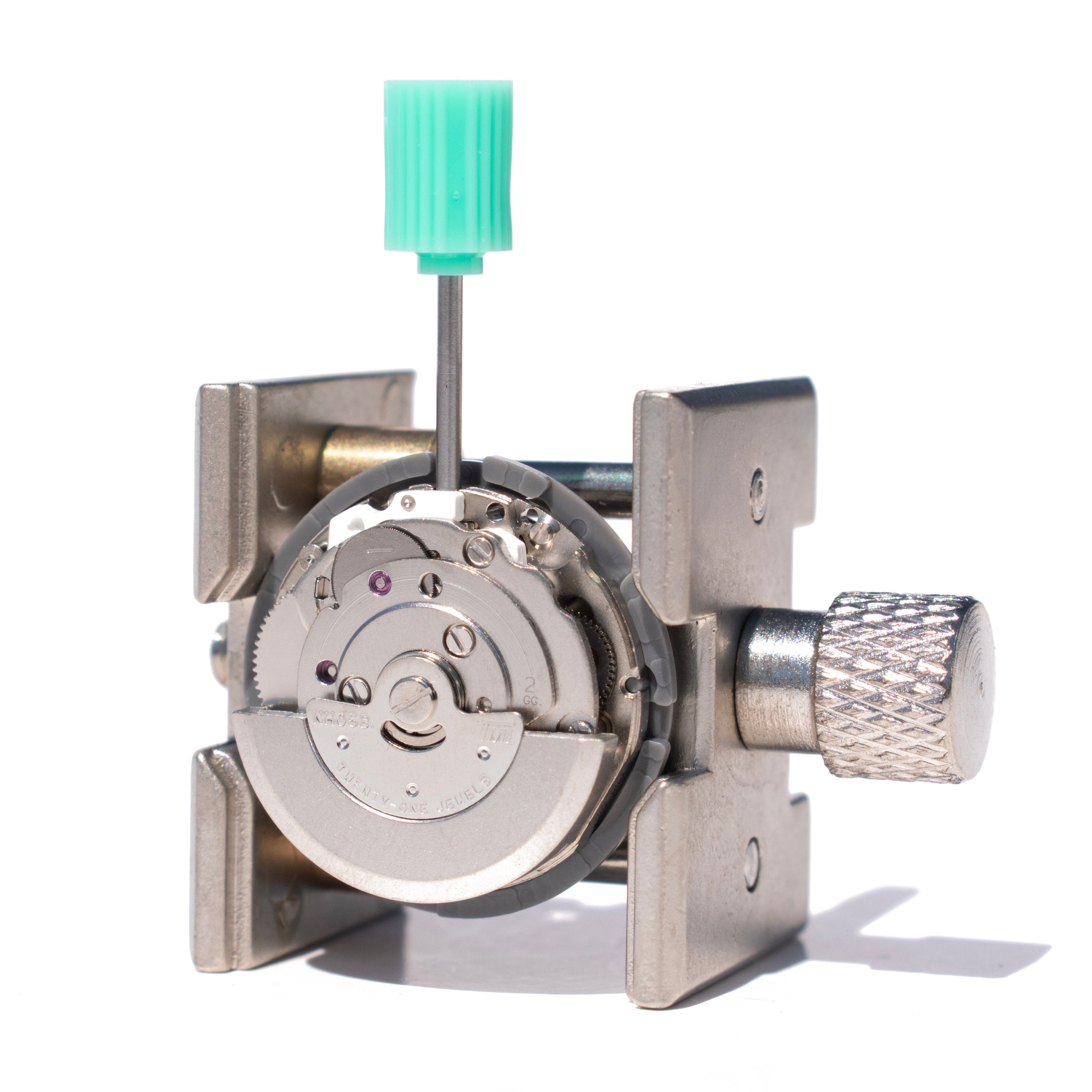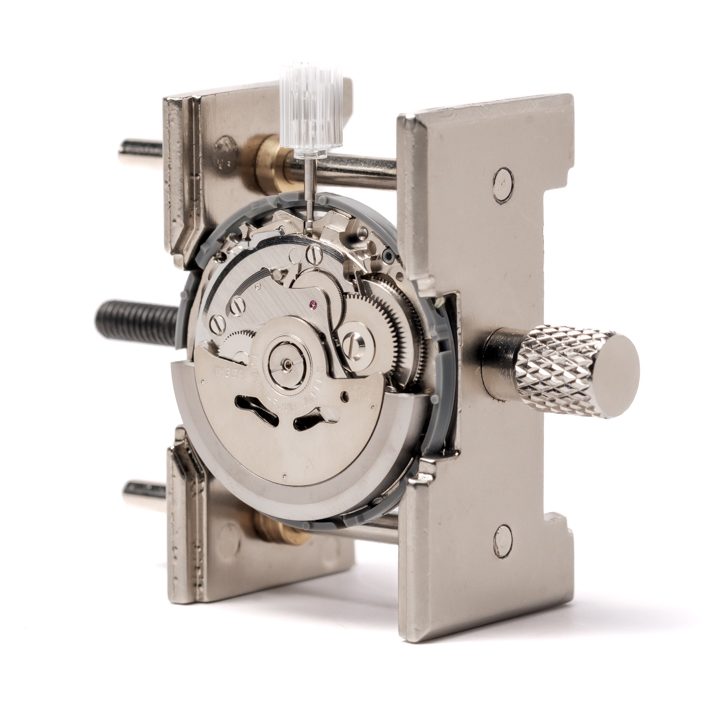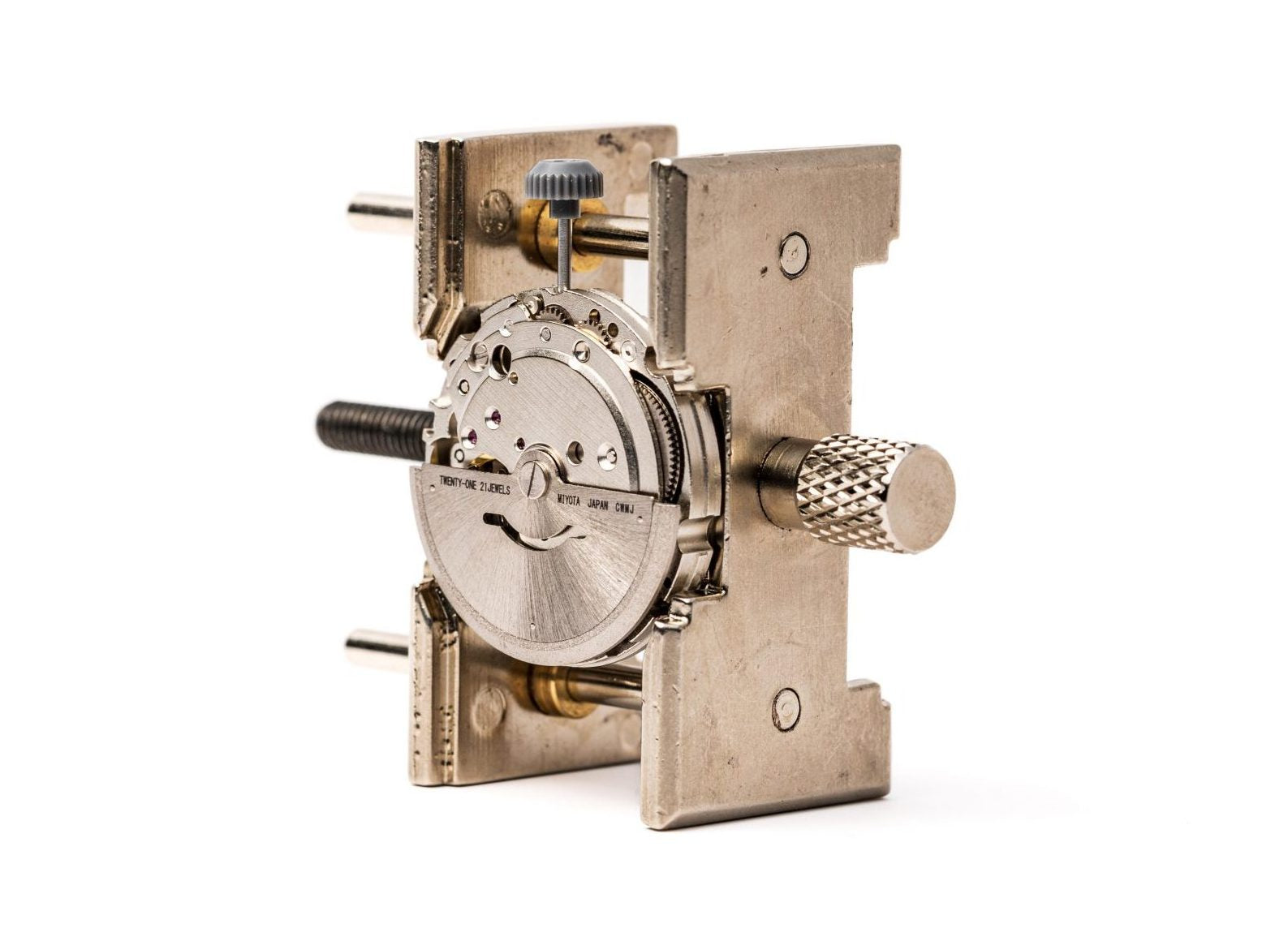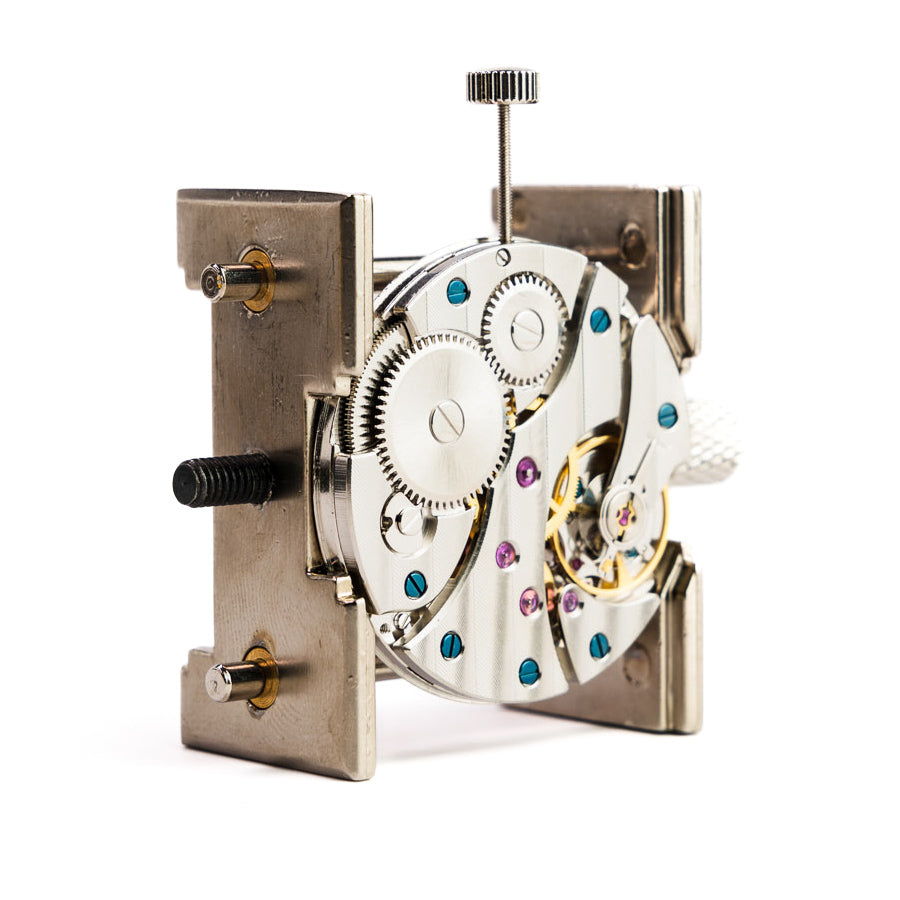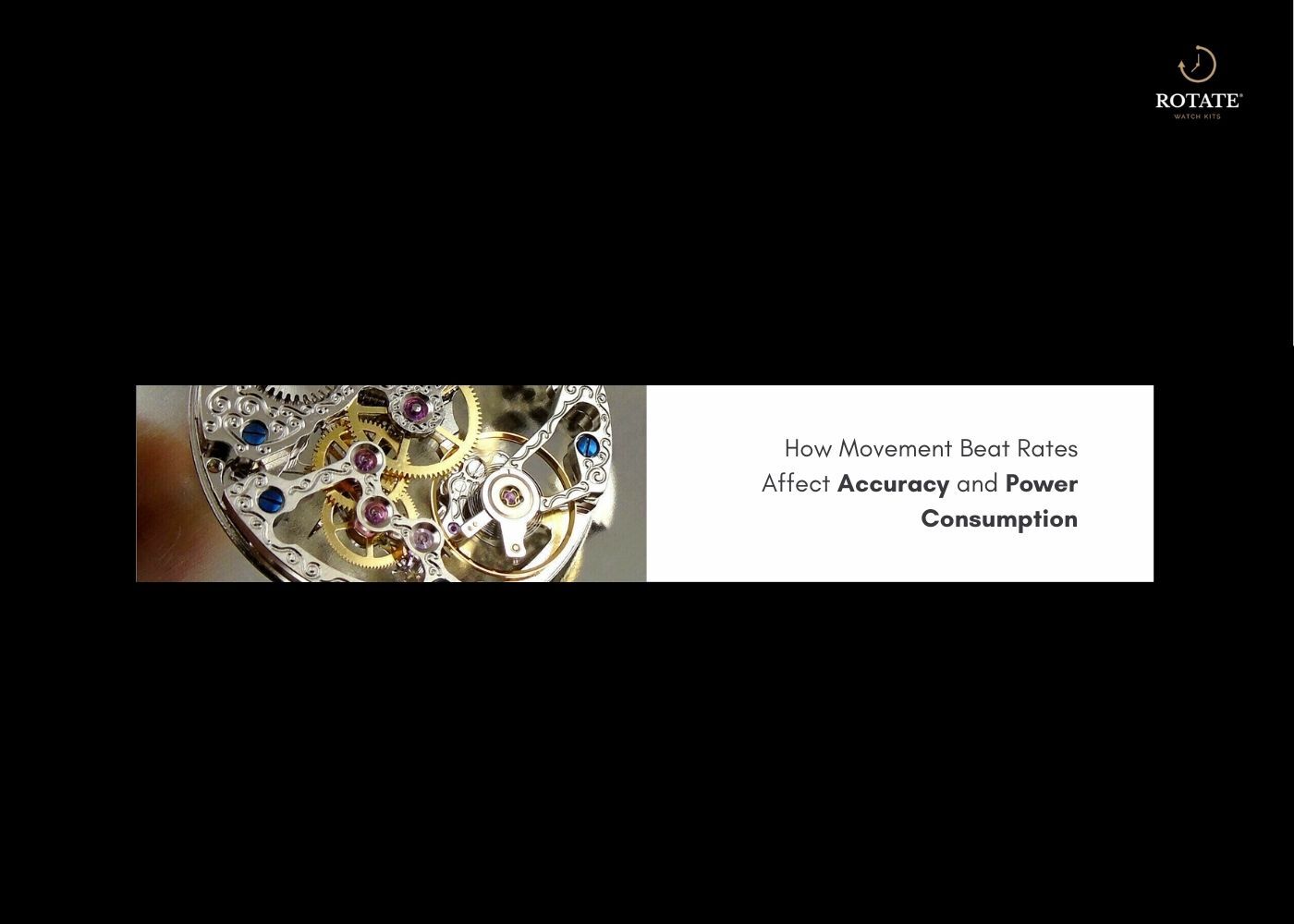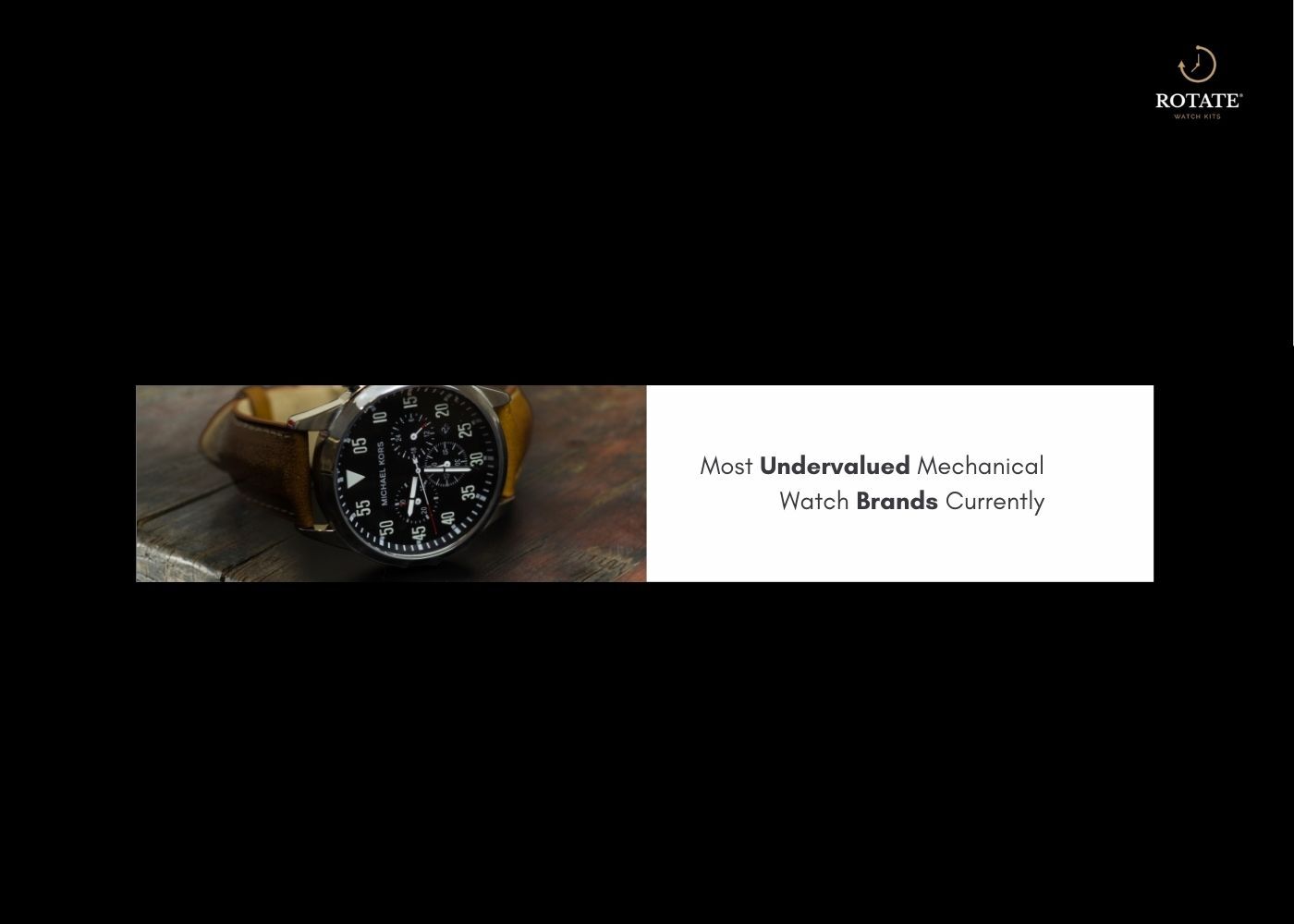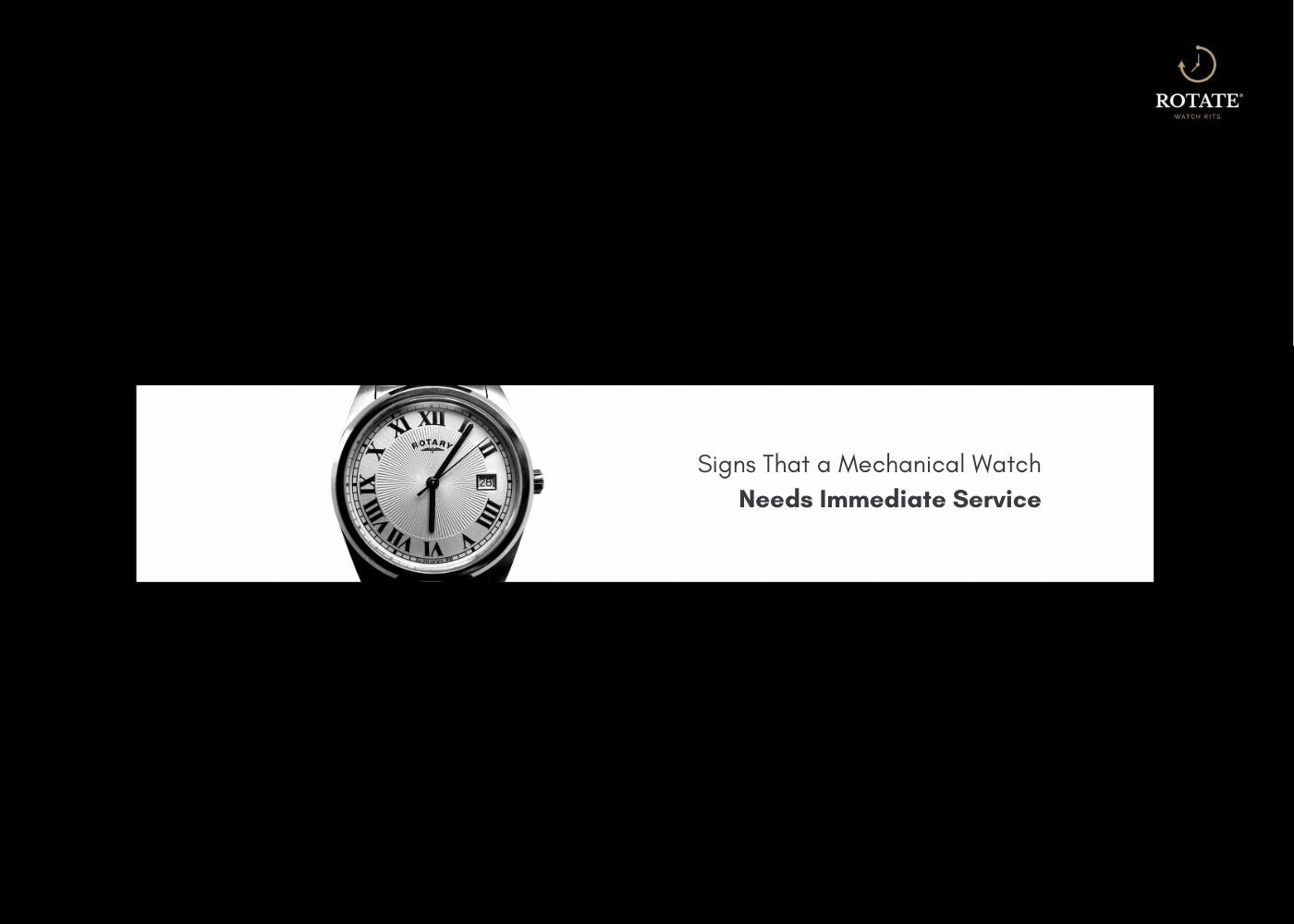
Signs That a Mechanical Watch Needs Immediate Service
When your treasured mechanical watch starts showing warning signs, knowing how to identify maintenance signs can save you from costly repairs and preserve your timepiece for generations. Understanding these watch diagnostics helps you catch problems early, whether you own a vintage heirloom or a modern automatic piece.
Professional watchmakers recognize specific movement problems that require immediate attention. Missing these accuracy issues can lead to irreversible damage, making early detection crucial for any mechanical watch owner.
60 Second Summary
Mechanical watch service indicators fall into three main categories: performance issues, physical changes, and environmental damage. Critical warning signs include significant accuracy issues (gaining or losing more than 30 seconds daily), moisture inside the case, unusual sounds from the movement, and crown operation problems. Movement problems often manifest as grinding sensations during winding, unexpected stopping, or irregular timekeeping patterns. Physical changes like loose crowns, damaged crystals, or visible wear require immediate repair needs assessment. Unknown service history, impact damage, and automatic function malfunctions also signal the need for evaluation. Modern mechanical watches typically need servicing every 3-5 years, but these warning signs indicate urgent attention regardless of service schedule.
Critical Mechanical Watch Service Indicators Quick Reference
|
Warning Sign Category |
Specific Indicator |
Severity Level |
Potential Cause |
Action Required |
|
Performance Issues |
Gaining/losing >30 seconds daily |
High |
worn parts, dirty movement |
Immediate service |
|
Performance Issues |
Watch stops unexpectedly |
High |
Worn mainspring, dried lubricants |
Immediate service |
|
Performance Issues |
Irregular power reserve |
Medium |
Movement wear, lubrication issues |
Schedule service |
|
Physical Changes |
Moisture under crystal |
Critical |
Damaged seals, case integrity |
Emergency repair |
|
Physical Changes |
Stiff or loose crown |
High |
Stem problems, gasket failure |
Immediate attention |
|
Physical Changes |
Grinding during winding |
High |
Dried oils, worn gear teeth |
Stop use, service |
|
Sound Issues |
Rattling noises |
Medium |
Loose components |
N/A |
|
Sound Issues |
Grinding sounds |
High |
Metal-on-metal wear |
Immediate service |
|
Function Problems |
Date doesn't change |
Medium |
Calendar mechanism issues |
Service recommended |
|
Function Problems |
Automatic winding fails |
Medium |
Rotor problems, worn parts |
Professional check |
|
External Factors |
Unknown service history |
Medium |
Potential hidden problems |
Preventive inspection |
|
External Factors |
Recent impact/drop |
High |
Shock damage, misalignment |
Immediate diagnosis |
Performance-Related Movement Problems
Accuracy issues represent the most common mechanical watch service indicators. When your timepiece consistently gains or loses more than 30 seconds per day, internal problems likely exist.
Identifying Timekeeping Accuracy Issues
Mechanical watches naturally vary in accuracy, but dramatic changes signal trouble. A watch previously keeping good time that suddenly runs fast or slow indicates movement problems requiring attention.
Learn more about how accurate mechanical watches should be for baseline expectations.
Power Reserve and Stopping Issues
A fully wound mechanical watch should run its specified power reserve duration. When watches stop prematurely, movement problems like dried lubricants or worn mainsprings cause the issue.
Automatic watches that stop overnight despite regular wear often have rotor or winding mechanism problems. These immediate repair needs prevent further internal damage.
Understanding automatic watch accuracy helps identify when performance falls outside normal parameters.
Physical and Mechanical Maintenance Signs
Crown operation problems represent serious mechanical watch service indicators. A properly functioning crown should wind smoothly and set time positions crisply.
Crown and Stem Movement Problems
Stiff crowns indicate dried lubricants, worn parts, or gasket problems. Loose crowns that spin freely suggest stem or gear issues requiring immediate repair needs attention.
Grinding sensations during winding signal metal-on-metal contact, often from dried oils. Continuing to wind a grinding watch causes expensive damage to gear teeth and other components.
Case Integrity and Water Damage
Moisture inside your mechanical watch represents the most serious maintenance signs. Fogging under the crystal or visible water droplets require emergency service to prevent corrosion.
Compromised seals allow moisture entry, causing rapid deterioration of steel components. Even small amounts of humidity can rust screws, springs, and other critical parts.
Proper water resistant vs waterproof understanding helps prevent moisture-related damage.
Sound-Based Watch Diagnostics
Mechanical watches produce characteristic sounds during operation. Changes in these sounds often indicate developing problems before other symptoms appear.
Unusual Movement Sounds
Grinding, rattling, or clicking noises represent clear mechanical watch service indicators. These sounds often originate from loose components, worn bearings, or inadequate lubrication.
Healthy mechanical watches produce subtle, regular ticking sounds.
Silent Operation Concerns
Mechanical watches that run silently might have stopped entirely or suffer from severe lubrication problems. Complete silence often indicates immediate repair needs.
Functional Maintenance Signs
Complex functions like date changes, day displays, or chronograph operations provide additional watch diagnostics opportunities.
Calendar and Complication Issues
Date wheels that don't advance, stick between positions, or change at wrong times indicate calendar mechanism problems. These movement problems often stem from worn parts or inadequate lubrication.
Automatic watches with non-functioning rotors lose their self-winding capability. Rotor problems represent common mechanical watch service indicators in older pieces.
Automatic Winding Function Problems
Automatic watches should wind smoothly during normal wear. Watches requiring frequent manual winding despite active wear patterns show rotor or winding system movement problems.
Learning about automatic watch basics helps identify when these systems malfunction.
Environmental and Usage Watch Diagnostics
External factors often trigger mechanical watch service indicators even in previously healthy timepieces.
Impact and Shock Damage
Dropped mechanical watches can suffer internal component shifts, causing accuracy issues and movement problems. Even minor impacts can disturb delicate gear trains or spring systems.
Shock damage doesn't always manifest immediately. Gradual accuracy issues developing after impacts indicate immediate repair needs to prevent further deterioration.
Unknown Service History Concerns
Inherited or purchased mechanical watches without service records represent diagnostic challenges.
Vintage mechanical watches often need comprehensive service regardless of apparent condition. Hidden problems can cause sudden failures without warning.
For those interested in understanding watch movements deeply, explore our mechanical watch anatomy guide.
Preventive Watch Diagnostics Benefits
Regular monitoring for maintenance signs prevents minor issues from becoming major repairs. Understanding your mechanical watch's normal behavior helps identify changes quickly.
Experienced watch owners recognize subtle mechanical watch service indicators before casual observers notice problems. This early detection saves money and preserves timepiece longevity.
Consider building your own mechanical watch to understand these systems intimately. Our complete watchmaking kits starting at $140 provide hands-on experience with quality movements.
For movement-specific learning, explore our Seiko NH36 Movement Kit to understand how these mechanisms function and fail.
Time isn't just measured, it's built with your own hands.
Start your watchmaking journey with Rotate Watches, where complete DIY watch kits transform curiosity into craftsmanship.
Browse our collection to find your perfect match, from complete watch kits to intricate movement kits.
Your watchmaking story begins with a single screw. Start building today.
FAQ
Q. What are the most critical signs that my mechanical watch needs immediate service?
Critical mechanical watch service indicators include moisture inside the case, significant accuracy issues (gaining or losing more than 30 seconds daily), grinding sounds during winding, and completely stopped movement despite proper winding.
Q. How can I tell if my mechanical watch has accuracy problems?
Monitor your mechanical watch against a reliable time source for several days. Accuracy issues become apparent when the watch consistently gains or loses more than 30 seconds per day or shows irregular timekeeping patterns.
Q. When does a stiff or loose crown require immediate repair?
Crown operation problems represent serious maintenance signs. A crown that requires excessive force, grinds during operation, or spins freely without engaging functions needs immediate repair needs attention.
Q. Can I continue wearing my mechanical watch if it shows service indicators?
Stop wearing mechanical watches showing critical warning signs like moisture inside, grinding sounds, or severe accuracy issues. Continued use can cause expensive damage to internal components.
Q. How do I know if my vintage mechanical watch needs service despite running?
Vintage mechanical watches with unknown service history should receive professional evaluation regardless of apparent function. Hidden movement problems can cause sudden failures without obvious mechanical watch service indicators.
{ "@context": "https://schema.org", "@type": "FAQPage", "mainEntity": [ { "@type": "Question", "name": "What are the most critical signs that my mechanical watch needs immediate service?", "acceptedAnswer": { "@type": "Answer", "text": "Critical mechanical watch service indicators include moisture inside the case, significant accuracy issues (gaining or losing more than 30 seconds daily), grinding sounds during winding, and completely stopped movement despite proper winding." } }, { "@type": "Question", "name": "How can I tell if my mechanical watch has accuracy problems?", "acceptedAnswer": { "@type": "Answer", "text": "Monitor your mechanical watch against a reliable time source for several days. Accuracy issues become apparent when the watch consistently gains or loses more than 30 seconds per day or shows irregular timekeeping patterns." } }, { "@type": "Question", "name": "When does a stiff or loose crown require immediate repair?", "acceptedAnswer": { "@type": "Answer", "text": "Crown operation problems represent serious maintenance signs. A crown that requires excessive force, grinds during operation, or spins freely without engaging functions needs immediate repair needs attention." } }, { "@type": "Question", "name": "Can I continue wearing my mechanical watch if it shows service indicators?", "acceptedAnswer": { "@type": "Answer", "text": "Stop wearing mechanical watches showing critical warning signs like moisture inside, grinding sounds, or severe accuracy issues. Continued use can cause expensive damage to internal components." } }, { "@type": "Question", "name": "How do I know if my vintage mechanical watch needs service despite running?", "acceptedAnswer": { "@type": "Answer", "text": "Vintage mechanical watches with unknown service history should receive professional evaluation regardless of apparent function. Hidden movement problems can cause sudden failures without obvious mechanical watch service indicators." } } ] }


